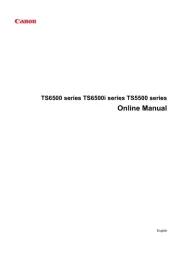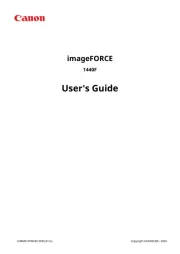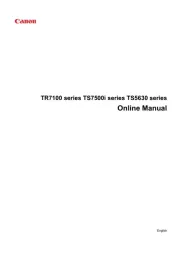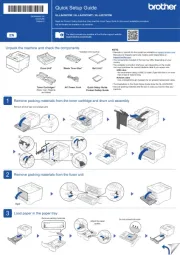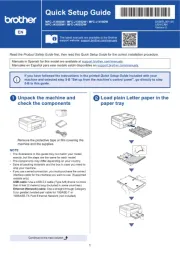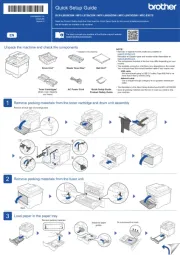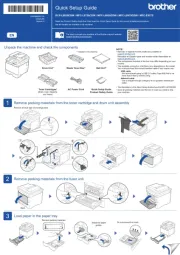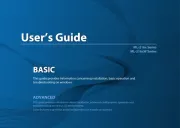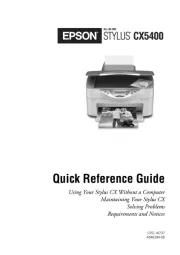Olympus P-11 Manual
Læs gratis den danske manual til Olympus P-11 (164 sider) i kategorien Printer. Denne vejledning er vurderet som hjælpsom af 67 personer og har en gennemsnitlig bedømmelse på 4.1 stjerner ud af 34 anmeldelser.
Har du et spørgsmål om Olympus P-11, eller vil du spørge andre brugere om produktet?

Produkt Specifikationer
| Mærke: | Olympus |
| Kategori: | Printer |
| Model: | P-11 |
Har du brug for hjælp?
Hvis du har brug for hjælp til Olympus P-11 stil et spørgsmål nedenfor, og andre brugere vil svare dig
Printer Olympus Manualer





Printer Manualer
Nyeste Printer Manualer
